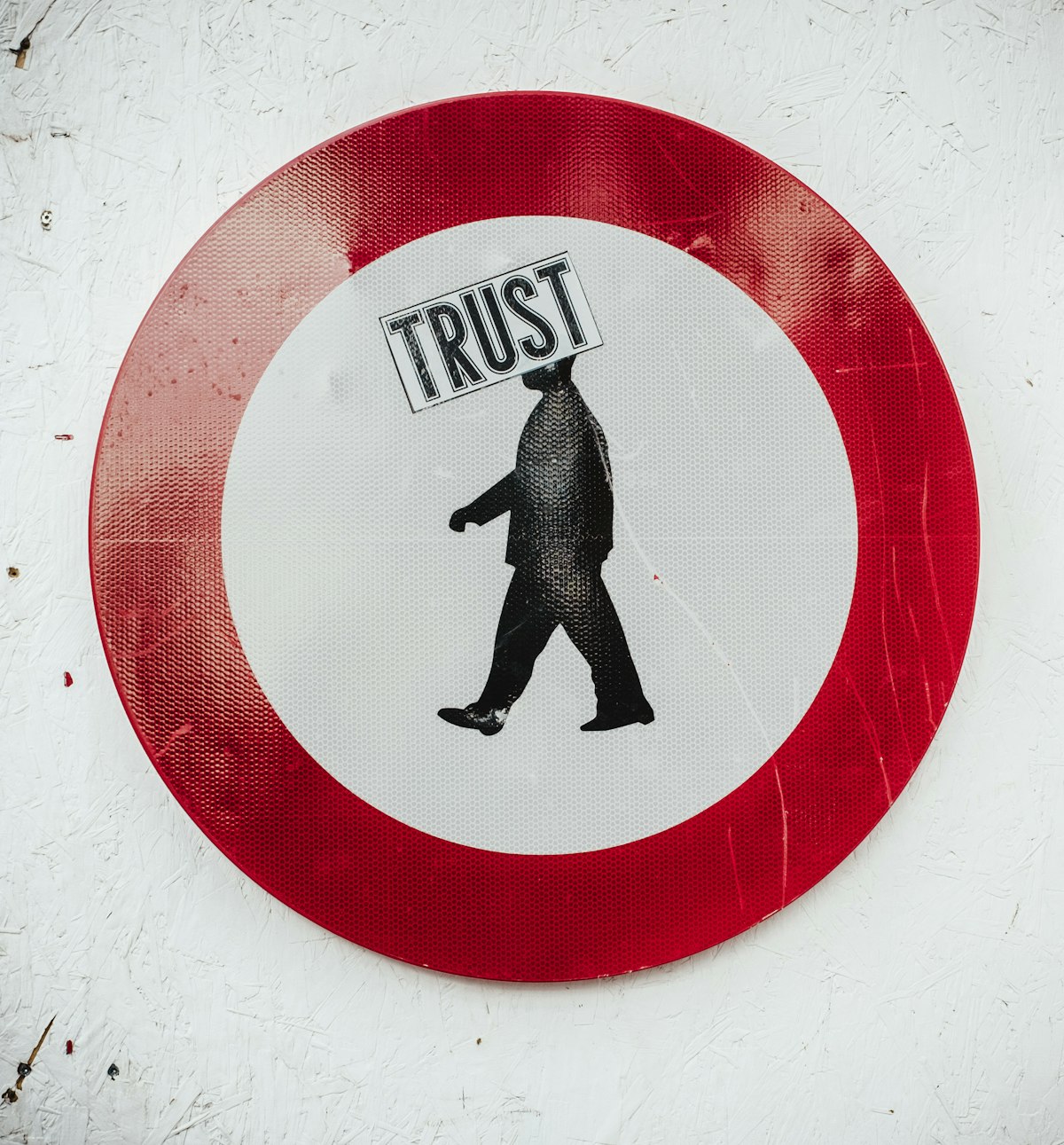Psychological Safety: What it is and Why it Matters

Psychological safety is a term that refers to the feeling of trust and support within a team or organization. It's the sense that you can be yourself, speak up, and share a new idea without fear of negative consequences.
Research has shown that psychological safety is essential for team performance and employee well-being. We'll explore what psychological safety is, why it matters, and how to foster it in the workplace.
What is Psychological Safety?
So, what is psychological safety? It's the belief that you won't be punished, ostracized, or belittled for speaking up or expressing your thoughts and ideas. This means that everyone on the team feels comfortable sharing their thoughts, even if they disagree with the majority or challenge the status quo.
Unfortunately, the majority of workers experience low psychological safety.
Why is Psychological Safety Important?
Why is psychological safety so important? For one, it's been linked to better team performance. Teams with high levels of psychological safety are more likely to be innovative, make better decisions, or even express a new idea. They're also more likely to be more cohesive and to have better communication.
Psychological safety is also essential for employee well-being. When people feel safe at work, you're likely to see higher employee engagement and motivation. You're also less likely to see burnout or other negative mental health outcomes.
In an organization with high team psychological safety, a team member is more likely to feel comfortable with interpersonal risk. Interpersonal risk is the risk of taking action or speaking up in a way that could potentially lead to negative social outcomes such as rejection or social exclusion.
A team member who experiences high psychological safety will engage more often in interpersonal risk-taking without fearing negative consequences.
Creating a Psychologically Safe Team
So, how can you create a culture of psychological safety in your workplace? Here are a few strategies for creating a psychologically safe work environment and becoming a fearless organization:
- Encourage open communication and dialogue: Create opportunities for team members to share their thoughts and ideas, and encourage respectful disagreement which leads to interpersonal trust.
- Model the behavior you want to see: As a leader, it's important to set the tone for the team. Practice open and transparent leadership and don't shy away from difficult conversations.
- Create a safe environment to report problems: Set up systems for team members to report problems or concerns without fear of retribution.
- Provide support: Offer resources like mental health support or training on how to have difficult conversations as a part of your continuous improvement programs.
- Foster a sense of belonging: Make sure that all team members feel included and valued. This might involve creating policies of inclusion, hosting team-building activities, or simply making an effort to get to know your team members.
Consequences of Low Psychological Safety
An organization that fails to create a psychologically safe workplace can have negative consequences for both the team and the individual employees. Some of the potential consequences of low psychological safety include:
Poor team performance: Research has shown that teams with low levels of psychological safety are less likely to be innovative, make good decisions, and have good communication. This can lead to lower productivity and lower-quality work.
Decreased employee engagement: When people don't feel safe at work, they're less likely to be engaged and motivated. This can lead to higher rates of absenteeism, turnover, and burnout and can really impact team effectiveness.
Negative impact on mental health: Poor psychological safety can lead to increased stress and negative mental health outcomes for employees. This can include things like anxiety, depression, and burnout.
Decreased diversity, equity, and inclusion: A lack of psychological safety can make it difficult for people from underrepresented groups to speak up and share their ideas. This can lead to a lack of diversity in thought and perspective, which can ultimately have negative consequences for the organization.
Creating a workplace culture of psychological safety takes time and effort, but it's worth it. By fostering trust and support within your team or organization, you'll not only improve performance, but you'll also create a more positive and inclusive work environment full of mutual respect and an overall better employee experience.
A psychologically safe workplace increases the chances of having a high-performing team and increased workplace productivity.